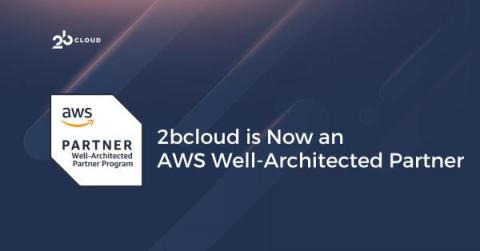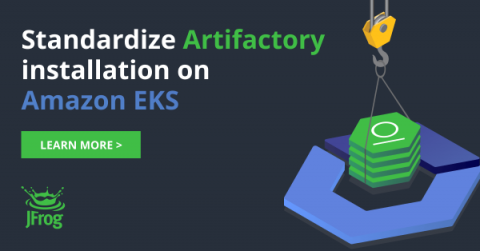Operations | Monitoring | ITSM | DevOps | Cloud
Latest News
What Are Cloud Centers of Excellence (CCoE), and Should You Have One?
Today, the cloud impacts all departments of the organization, not just the IT crew. Here’s how cloud centers of excellence drive cloud success.
Azure Blob Storage Malware Scanning soon to be GA
On September 1, 2023, Microsoft’s Defender for Azure Blob Storage is set to introduce a groundbreaking feature: Malware Scanning. This highly-anticipated addition to the Defender suite brings real-time protection against malicious content, making it a vital component in fortifying your data security and safeguarding against the ever-evolving threat landscape.
Celebrating a Milestone: 2bcloud is Now an AWS Well-Architected Partner!
We are thrilled to announce another achievement for our company – 2bcloud is now an official AWS Well-Architected Partner! This new partnership, adding to our lates AWS DevOps Competency, marks yet another milestone in our journey to provide exceptional cloud solutions and services to our customers.
The Basics of Cloud Infrastructure Management
Building, Deploying and Observing WASM Apps
This post gives an overview of how to build applications using the updated Docker + WASM technical preview, along with some observability best practices.
Partnership at the edge: selecting the right colocation provider
Long before a business addresses ‘who’ it will choose to deliver the benefits of colocation, it needs to understand ‘why’. This is especially important if that decision is being made in the context of a choice between edge architectures, or alternatives such as hyper-scale cloud. Typically, the main order of motivation is performance, cost and control.
Achieving cost-effective scalability: Optimize AWS ELB pricing using CloudSpend
ELB cost optimization- CloudSpend Amazon Elastic Load Balancing (ELB) is a load balancing service that automatically and evenly distributes incoming traffic from client-side applications across multiple virtual server instances, like Amazon EC2 instances, containers, or IP addresses, in different availability zones. It smoothly handles server instance failover and unavailability, thus increasing the application’s fault tolerance.











